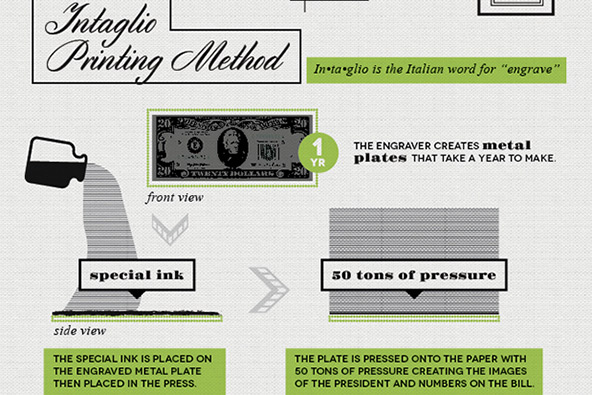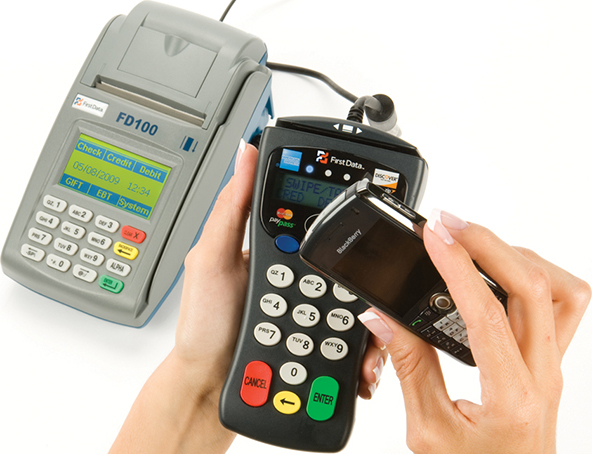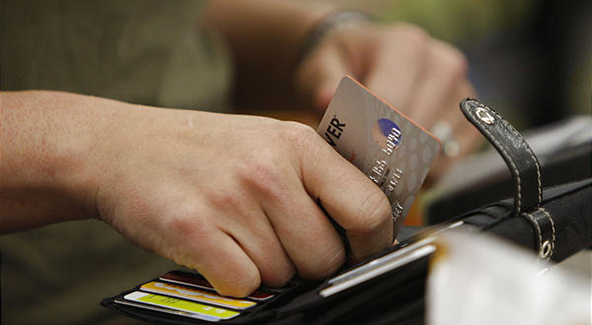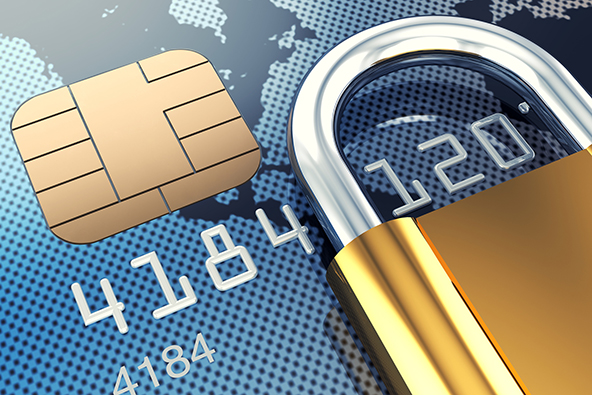How to Print Dollars: A Visual Guide

Ever since in late November 2008 the Federal Reserve started buying $600 billion in mortgage-backed securities (MBSs), as part of the first round of its massive quantitative easing programs, it has incessantly been accused of the iniquitous crime of “printing money”. The debate about the merits of these programs and whether they have created more problems than they have solved still rages on and it is unlikely to be fully resolved for decades to come, and perhaps much longer. So let’s let history deal with this issue and focus instead on the money printing part.
Now, of course no one seriously believes that the Fed is literally “printing” hundreds of billions of dollars a year, just to buy a bunch of MBSs or some other three-letter type of securitized loans. Most people understand that these are electronic transactions where no exchange of paper money takes place. Nevertheless, many Americans believe that the Fed is indeed responsible for the printing of the paper dollars we still use to pay for things we buy. Is that really the case? Well, to help us answer this question, the good people at InkTechnologies.com have produced a beautiful infographic, which also shows us, in detail, just how that “printing” is done. Let’s take a look.
Who Is Printing Dollars?
In the U.S., paper money is indeed a liability of the Federal Reserve, hence its official name: The Federal Reserve note. However, the creation of Federal Reserve notes, denominated into United States dollars, is the responsibility of the U.S. Department of the Treasury. The actual printing of U.S. dollars within the U.S. Treasury is done by a federal agency called the Bureau of Engraving and Printing (BEP) (a.k.a. The Money Factory). Before going any further, I should note that the BEP is only responsible for printing paper money. The U.S. Mint creates all coinage.
Treasury was first charged with creating paper dollars in 1861, when Congress found itself in urgent need of money to help fund the Civil War, but had not enough coin. On demand, paper notes were initially payable in coin at certain Treasury locations. At first, a private company did the actual “printing” of paper dollars, but the BEP took over the job upon its creation in 1862. Today, the BEP employs more than 2,000 people.
How Are Dollars Printed?
U.S. dollars are printed on special paper made by Crane & Co. of Dalton, Massachusetts. Everyday paper, InkTechnologies.com tells us, is made primarily from wood pulp, which is not particularly durable when exposed to moisture and other elements. The paper used for U.S. dollars, on the other hand, is made from 75 percent cotton and 25 percent linen. This combination makes it so durable, that “you can even soak your dollar bills without having to worry about ending up with a useless wad of pulp”. Unsurprisingly, durability comes at a price, with money-printing production costs fluctuating with the price of cotton, we learn.
Of course, durability is not the money printers’ sole concern: the dollar paper needs to be unique, to make it more difficult to counterfeit. “Bills printed on standard paper”, we are told, “would not have the right “feel”, which is but one of many ways to detect counterfeit bills”.
The “unique” requirement also applies to the dollar’s ink, which, we learn, is blended by the BEP on site. The dollar’s increasingly colorful look is by design: “[t]hese are anti-counterfeiting measures at work”. Also as counterfeit protection, bills of $10 and more are printed with color-shifting ink. Fluorescent dyes, which glow under special lighting, are also used on paper currency to help us differentiate real money from fake dollars. A certain amount of green ink is used in every bill, in combination with black ink for most text. Metallic inks are used on some bills, once again for better protection, with more elaborate markings made on the larger denominations.
There is a lot of printing going on at the BEP. To help us get an idea about the scale, the InkTechnologies.com guys give us some statistics:
- More than 90 percent of the notes produced by the BEP each year go to replace worn notes that are taken out of circulation.
- In 2012, the BEP created about 8.4 billion notes, in denominations from a $1 bill to a $100 bill. The average cost of producing each note was 8.7 cents.
- The BEP printed about 35 million notes per day in 2012, with a combined face value of about $1.5 billion.
For more on the minutiae of the dollar’s ink and paper, and on the printing process itself, here is InkTechnologies.com’s infographic:

Image credit: InkTechnologies.com.


